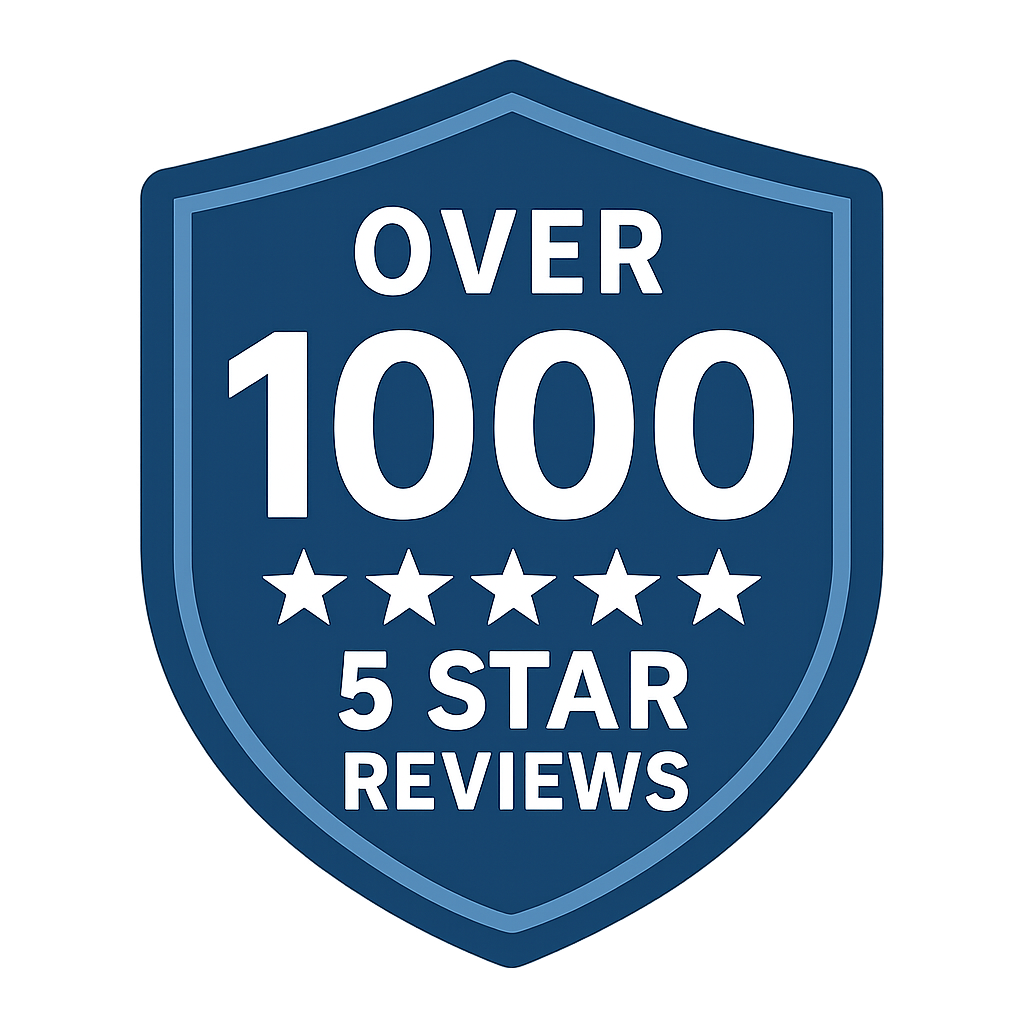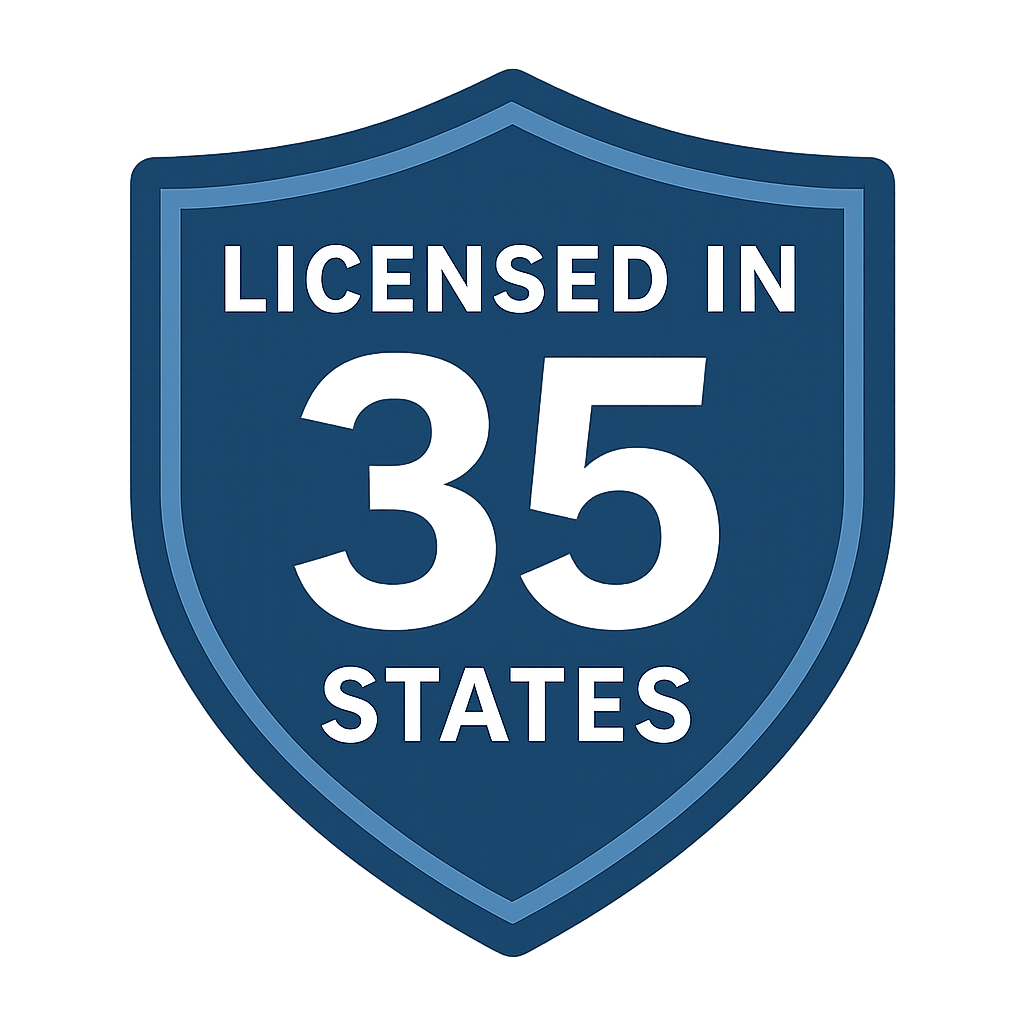FAQs About Broad Form and Non-Owners Insurance
Understand Your Coverage Options for Flexible Protection
On this page
Overview of Broad Form and Non-Owners Insurance
Broad Form Insurance
Broad form insurance covers only the named driver across multiple vehicles, ideal for those who drive various cars without owning them. It's cost-effective for single drivers in states where available. A Plus Insurance helps tailor these policies to your needs.
Non-Owners Insurance
Non-owners insurance provides liability coverage for drivers who don't own a vehicle but drive occasionally. It's perfect for renters or those using borrowed cars. This ensures compliance with state laws.
Why These Policies Matter
Both options offer flexible coverage for unique driving situations, avoiding gaps in liability protection. They suit individuals avoiding full ownership costs. Explore these with A Plus Insurance for affordable solutions.
Frequently Asked Questions
What is broad form insurance?
Broad form insurance covers only the named driver for liability across multiple vehicles, not the vehicles themselves. It's available in states like Colorado and Idaho, ideal for frequent drivers of borrowed cars. This policy is cheaper than standard auto insurance but limited in scope.
Who needs broad form insurance?
It suits individuals who drive multiple vehicles they don't own, like borrowed or rental cars. In states like Colorado, it's popular for cost-conscious drivers. It doesn't cover other drivers or physical damage to vehicles.
Which states allow broad form insurance?
States like Colorado, Idaho, and Ohio permit broad form insurance, but availability varies. Always check state regulations to confirm eligibility. It's not a substitute for full coverage in states requiring more protection.
How much does broad form insurance cost?
Costs range from $300 to $800 annually, depending on driving history and state. It's typically cheaper than standard policies due to limited coverage. Compare quotes via online tools for the best rates.
What is non-owners insurance?
Non-owners insurance provides liability coverage for drivers who don't own a vehicle but drive occasionally. It's ideal for those borrowing or renting cars regularly. It ensures compliance with state minimum requirements.
Who needs non-owners insurance?
It's for drivers without a car, like renters or those using shared vehicles, needing liability coverage. In states like Colorado, it's useful for maintaining continuous coverage. It doesn't cover vehicle damage or other drivers.
How much does non-owners insurance cost?
Annual premiums range from $200 to $600, based on driving history and state requirements. It's typically less expensive than standard policies due to its limited scope. Costs vary by provider and location.
Does non-owners insurance cover rental cars?
Non-owners insurance provides liability coverage for rental cars but not physical damage. Rental agencies may offer additional coverage for full protection. Check details to understand limits.
Can non-owners insurance help with SR-22 filings?
Yes, non-owners insurance can include an SR-22 filing for high-risk drivers needing proof of coverage. It's often used after violations like DUIs to meet state requirements. Agents can expedite filings for compliance.
How do broad form and non-owners insurance differ?
Broad form covers the driver across multiple vehicles, while non-owners covers liability for occasional driving without vehicle ownership. Broad form is limited to specific states; non-owners is more widely available. Neither covers physical damage to vehicles.
Can I have both broad form and non-owners insurance?
Typically, you choose one based on your needs, as they serve similar purposes. Broad form suits frequent drivers of multiple vehicles; non-owners fits occasional drivers. Consult resources to decide.
Does broad form insurance meet state minimum requirements?
In states where offered, broad form meets minimum liability requirements for the named driver. It doesn't cover other drivers or vehicle damage. Verify with state DMV for compliance.
Does non-owners insurance meet state minimum requirements?
Yes, non-owners insurance meets state liability requirements for drivers without vehicles. It's widely accepted across states like Ohio. It doesn't cover collision or comprehensive damage.
Can broad form insurance cover commercial driving?
Broad form typically excludes commercial use, focusing on personal driving. Commercial drivers need specialized policies for business activities. Check with insurers for appropriate coverage.
Can non-owners insurance cover commercial driving?
Non-owners insurance is generally for personal use, not commercial driving. Business drivers require commercial auto policies. Explore options for business needs.
How does broad form insurance affect my driving record?
Broad form insurance maintains continuous coverage, which can benefit your driving record. Violations still impact rates, as insurers review your history. Consistent coverage prevents gaps that raise premiums.
How does non-owners insurance affect my driving record?
Non-owners insurance ensures continuous coverage, helping maintain a clean record. It's ideal for avoiding lapses in states like Arizona. Violations still influence future rates.
Does broad form insurance cover accidents in any vehicle?
Broad form covers the named driver's liability in any vehicle they drive, not the vehicle itself. It excludes physical damage to the vehicle or other drivers. Confirm coverage limits with your insurer.
Does non-owners insurance cover accidents in any vehicle?
Non-owners insurance covers liability for accidents in vehicles you don't own, like borrowed cars. It doesn't cover vehicle damage or owned vehicles. Check details for clarity.
How do I file a claim with broad form insurance?
Contact your insurer immediately after an accident, providing details and proof of liability. Claims focus on the driver's responsibility, not vehicle damage. Keep records to streamline the process.
How do I file a claim with non-owners insurance?
File claims by notifying your insurer with accident details and documentation. Non-owners covers liability for incidents in borrowed vehicles. Use guides for efficient filing.
What if my broad form claim is denied?
Appeal with additional evidence or contact your state's insurance department. Denials may occur if coverage limits are exceeded. Persistence resolves most disputes.
What if my non-owners claim is denied?
Appeal with evidence or contact your state's insurance regulator. Denials may stem from policy exclusions. Use resources for support.
Can broad form insurance be used for car sharing?
Broad form may not cover car-sharing services like Turo, as they often require specific policies. Check with your insurer for compatibility. Personal use is typically the focus.
Can non-owners insurance be used for car sharing?
Non-owners insurance may not cover car-sharing platforms, which often need specialized coverage. Verify with providers like Geico for clarity. It's designed for personal borrowing or rentals.
Does broad form insurance cover passengers?
Broad form covers liability for injuries to others, including passengers, caused by the named driver. It excludes medical payments for the driver or vehicle damage. Confirm coverage details with your insurer.
Does non-owners insurance cover passengers?
Non-owners insurance covers liability for passenger injuries caused by the driver, not the driver's medical costs. It excludes vehicle damage coverage. Check policy terms for specifics.
How do I switch to broad form insurance?
Contact your insurer to transition, ensuring no coverage lapses. It's available in select states and requires driver verification. Align policy start dates for continuity.
How do I switch to non-owners insurance?
Switch by contacting insurers offering non-owners policies, ensuring no gaps in coverage. It's ideal for non-vehicle owners needing liability. Use tools for quick quotes.
Why choose broad form or non-owners insurance?
Both offer affordable liability coverage for non-traditional drivers, preventing financial risks. They suit those avoiding vehicle ownership costs. Consult agents for the best fit.
What resources explain broad form and non-owners insurance?
State insurance departments provide guides on these policies. Online resources and local agents clarify options. Stay informed via guides for smart choices.
Can I get instant quotes for broad form or non-owners insurance?
Online tools provide quotes in minutes for both policies. Finalize with agents for accuracy. Use quotes to save time.
Comparison of Broad Form and Non-Owners Insurance
Compare key features of broad form and non-owners insurance. Costs are averages for a 40-year-old driver.
| Feature | Broad Form | Non-Owners |
|---|---|---|
| Coverage Type | Liability for named driver across vehicles | Liability for driver without vehicle ownership |
| Annual Cost | $300–$800 | $200–$600 |
| Availability | Limited states (e.g., CO, ID, OH) | Most states |
| Best For | Frequent drivers of multiple vehicles | Occasional drivers of borrowed/rental cars |
Service Area
Broad Form and Non-Owners Insurance Guide
Broad form and non-owners insurance offer flexible solutions for drivers across the U.S. who don't need traditional auto policies. These policies cater to unique needs, like borrowing cars or driving multiple vehicles without ownership. A Plus Insurance connects drivers with affordable plans from trusted providers, ensuring compliance with state regulations.
Broad form insurance covers the named driver's liability across various vehicles, ideal for those in states like Colorado or Idaho who frequently drive borrowed cars. It's cost-effective but limited to specific states and excludes vehicle damage coverage. Non-owners insurance provides liability for occasional drivers without vehicles, perfect for renters or shared-car users in states like Arizona. Both maintain continuous coverage to avoid rate hikes.
These policies are crucial for avoiding financial risks in accidents without owning a car. Costs range from $200 to $800 annually, depending on driving history and state. They don't cover physical damage or commercial use, so verify needs with an agent. Life and health insurance can complement these for full financial security.
Discounts for safe driving or bundling save 5 to 15 percent. Annual reviews ensure policies meet changing needs, especially in states with unique laws. Events like community festivals highlight the freedom of flexible coverage. Explore options for tailored protection.
In summary, broad form and non-owners insurance provide affordable liability solutions for non-traditional drivers. They address specific driving scenarios while maintaining compliance. Contact A Plus Insurance for plans that fit your lifestyle.
Last Updated on by Jayleen Ridgeway




